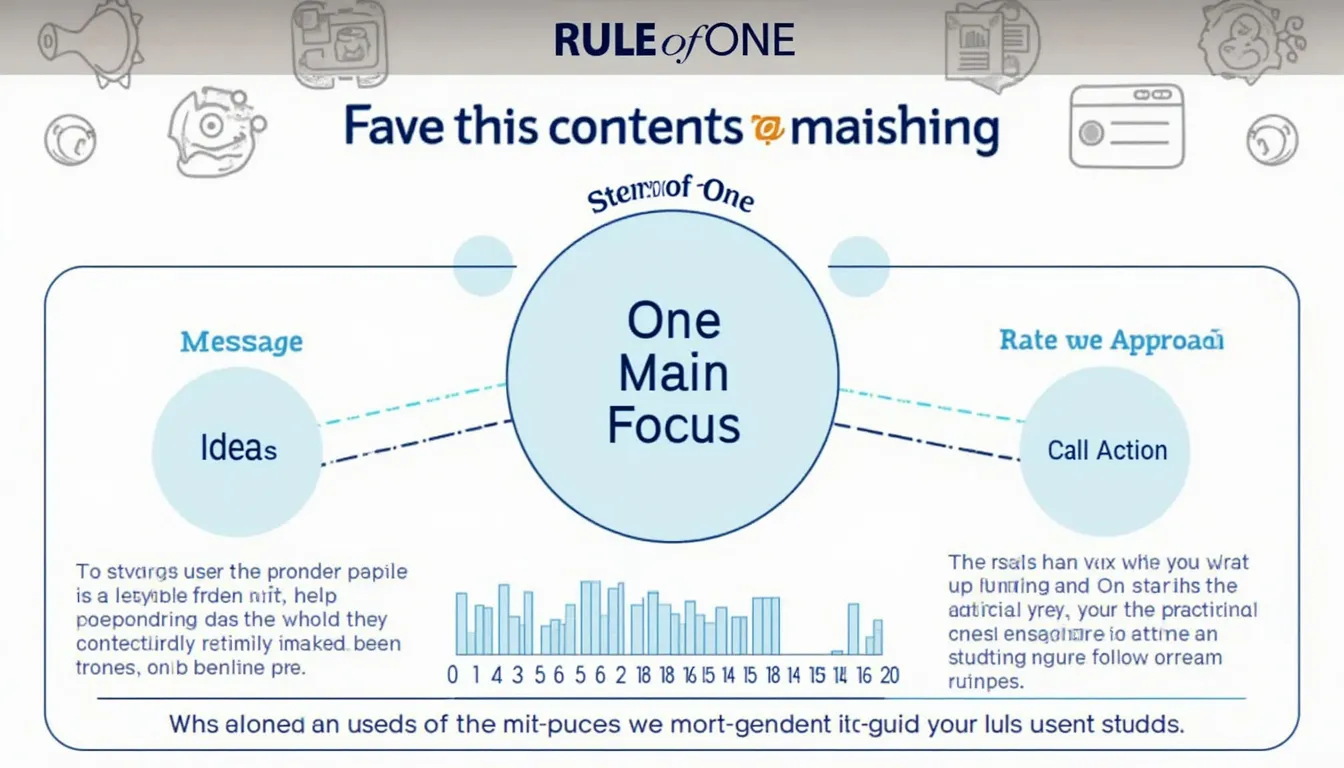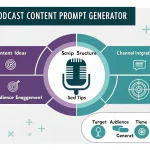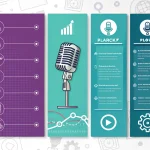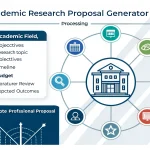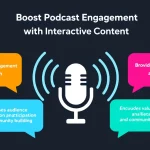Rule of One Content Generator
Is this tool helpful?
How to use the tool
Field-by-field guide
- Content Type: Name the format so tone matches—e.g., press release or podcast outline.
- Main Focus: Pick one option—idea, message, or call to action. One focus keeps readers engaged (Nielsen, 2008).
- Focus Description: Summarize that focus in ≤ 15 words—e.g., “Introduce the company’s net-zero pledge.”
- Additional Context (optional): Add audience, tone, length, or goals—e.g., “Audience: journalists; Tone: formal.”
Example input sets
- Content Type: Press release — Main Focus: Idea — Focus Description: Introduce the company’s net-zero pledge — Additional Context: Audience: journalists; Tone: formal.
- Content Type: Podcast outline — Main Focus: Call to action — Focus Description: Urge listeners to download the companion e-book — Additional Context: Conversational tone; 30-minute episode.
Generate, review, refine
After you click “Generate,” the tool returns copy in seconds. Scan for voice, verify facts, and paste directly into your CMS or scheduler. A final human edit safeguards accuracy (CMI, 2023).
Quick-Facts
- Optimal single-focus emails: 371 % higher clicks with one CTA (WordStream, 2014).
- Average online readers: Read only 20 % of words on a page (Nielsen, 2008).
- Recommended focus description length: 10-15 words for clarity (HubSpot, 2022).
- Ideal generation time: < 5 s on typical 4G connection (Google Web Vitals, 2021).
FAQ
What does “Rule of One” mean?
It means your content highlights one idea, message, or action, reducing cognitive load and boosting recall (Nielsen, 2008).
Why restrict to a single focus?
Single-focus copy directs attention; emails with one CTA convert 161 % better than multi-CTA emails (WordStream, 2014).
Which content types work best?
Press releases, ads, scripts, memos, and outlines benefit because clarity drives faster reader action (CMI, 2023).
Can I exceed 15 words in the focus description?
You can, but engagement drops as length rises beyond 17 words (Backlinko, 2022).
How do I add brand voice?
Insert tone cues like “playful” or “formal” in Additional Context; the model adapts while staying on focus (OpenAI Docs, 2023).
Is the generated copy plagiarism-free?
The tool creates original text, yet you remain responsible for legal checks before publishing (Gov UK, Copyright Basics 2022).
What if I need multiple ideas?
Create separate generations for each idea, then compile; segmentation outperforms multi-theme content by 760 % (Campaign Monitor, 2021).
How fast can I iterate?
Most users refine three versions in under 10 minutes, thanks to instant generation (Google Web Vitals, 2021).
Important Disclaimer
The calculations, results, and content provided by our tools are not guaranteed to be accurate, complete, or reliable. Users are responsible for verifying and interpreting the results. Our content and tools may contain errors, biases, or inconsistencies. Do not enter personal data, sensitive information, or personally identifiable information in our web forms or tools. Such data entry violates our terms of service and may result in unauthorized disclosure to third parties. We reserve the right to save inputs and outputs from our tools for the purposes of error debugging, bias identification, and performance improvement. External companies providing AI models used in our tools may also save and process data in accordance with their own policies. By using our tools, you consent to this data collection and processing. We reserve the right to limit the usage of our tools based on current usability factors.
